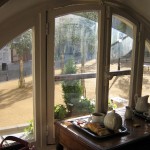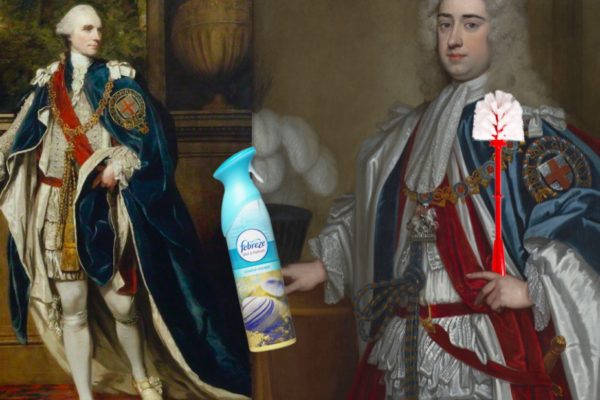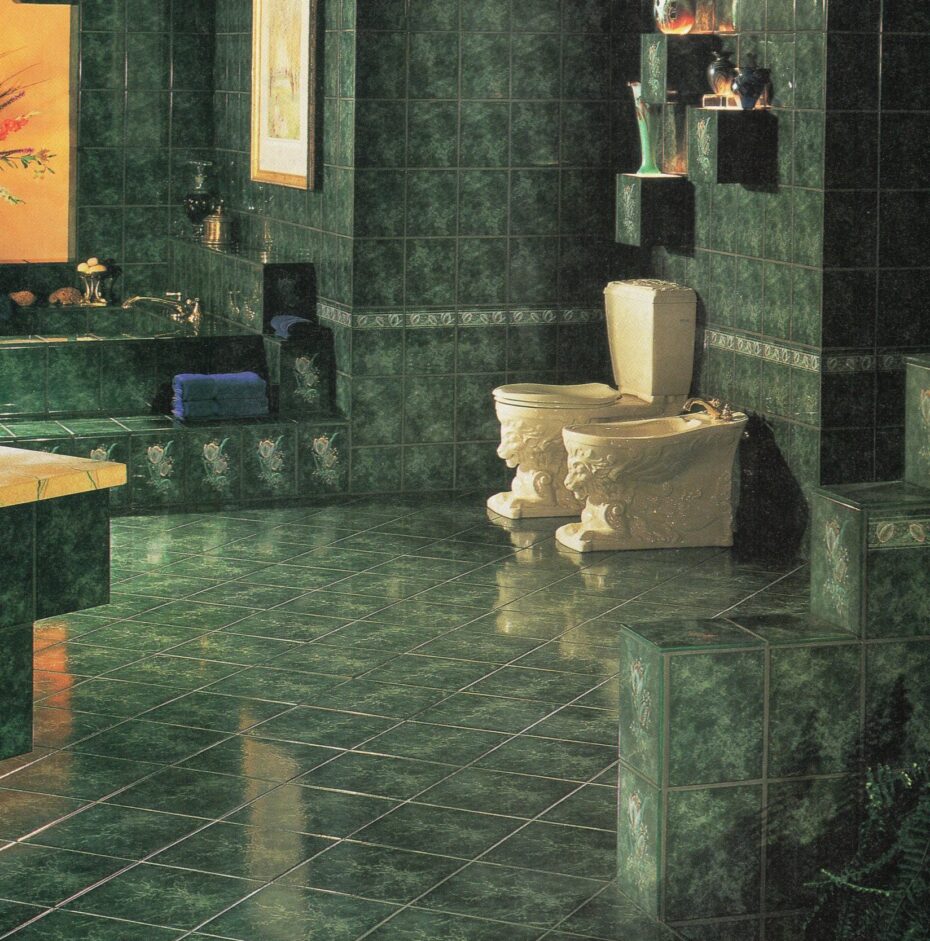
It’s one of those things everyone’s heard of, but few truly understand. It sits quietly in the corner of the bathroom (or as an attachment to the toilet itself), radiating mystery and a slight sense of intimidation. Ask someone about it, and you’ll usually get a shrug or a vague explanation that trails off into awkward silence. Why? Because nobody really wants to get into the nitty-gritty of how, why, or when you’re supposed to use one. For centuries, the truth about the bidet has been elusive, tucked away behind a veil of cultural quirks, taboos, and plain old disinterest. Even those who encounter one in a fancy hotel or during their travels often avoid the topic altogether, fearing a splash of embarrassment (pun intended). But no more! It’s time to demystify this curious contraption and get to the bottom of the bidet’s misunderstood legacy. We’re diving in — water pressure and all. Whether you’re a bidet believer, a skeptical skeptic, or a clueless newbie, let’s answer the questions you’ve always been too shy to ask.
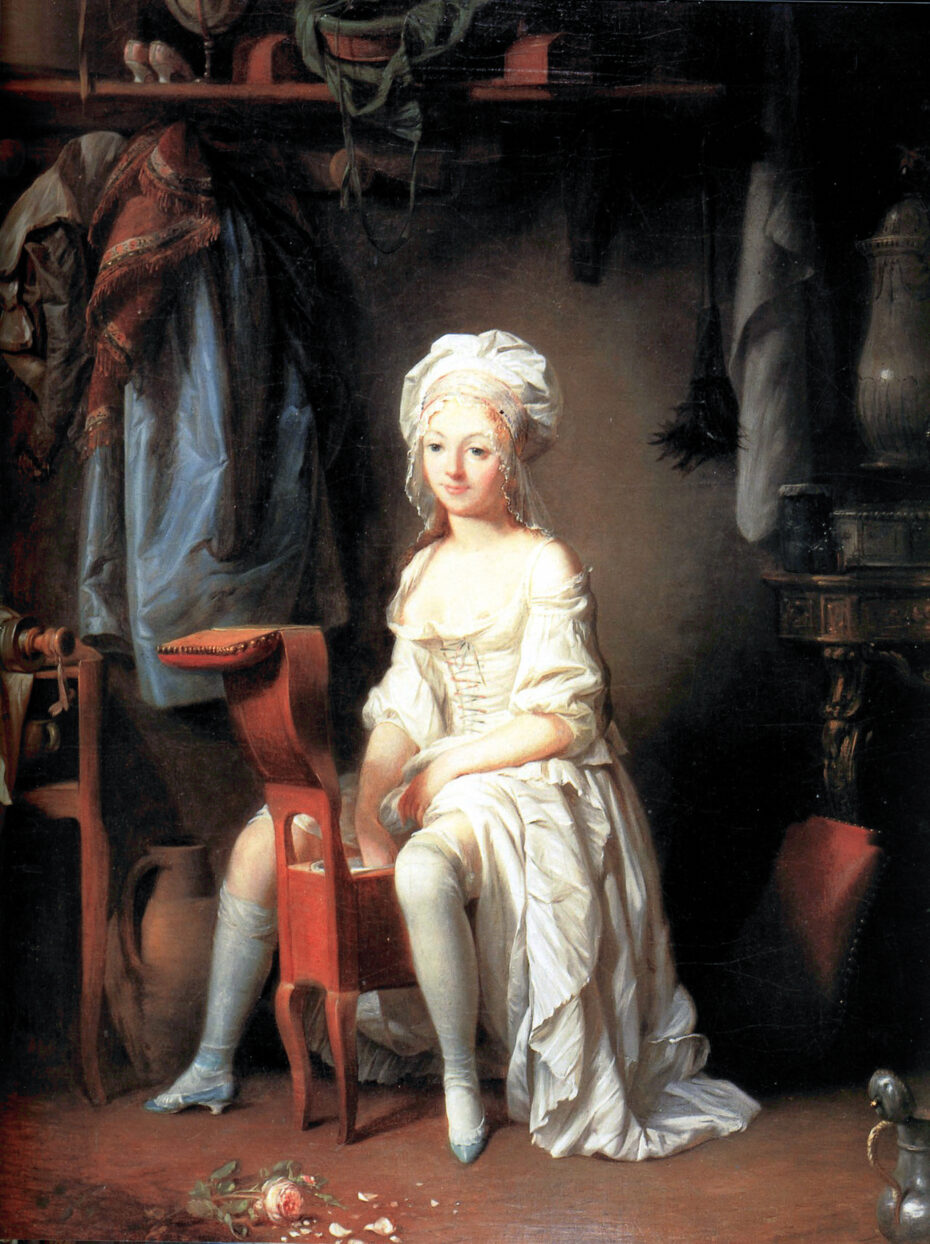
First things first: a bidet (pronounced “bi-DAY,” like a French pop star greeting their fans) is essentially a sink for your nether regions. It’s a plumbing fixture that’s been around for centuries, dating back to a time when the concept daily showers was non-existent. In fact, the bidet wasn’t just about post-toilet hygiene— it was a practical solution to maintain personal cleanliness in an era when full-body baths or showers were rare luxuries.
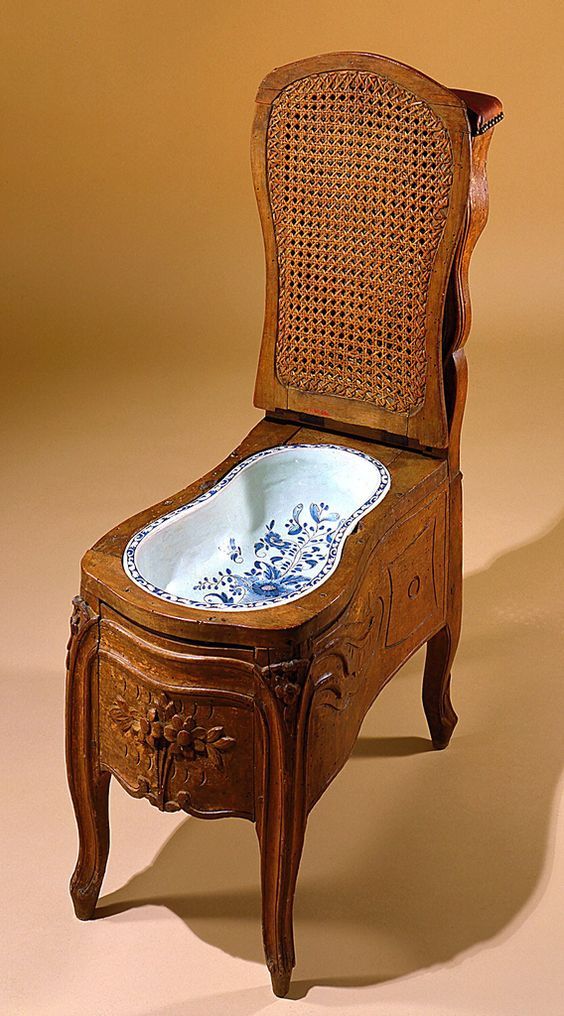
The bidet’s origins trace back to 17th-century France, where it first appeared in royal bedrooms (yes, bedrooms — bathrooms weren’t really a thing yet). The word itself means “pony” in French, possibly because you straddle it like a little water horse. Early bidets were humble basins filled with water, and while their purpose might have scandalized the faint-hearted, they quickly became a mark of hygiene and sophistication.
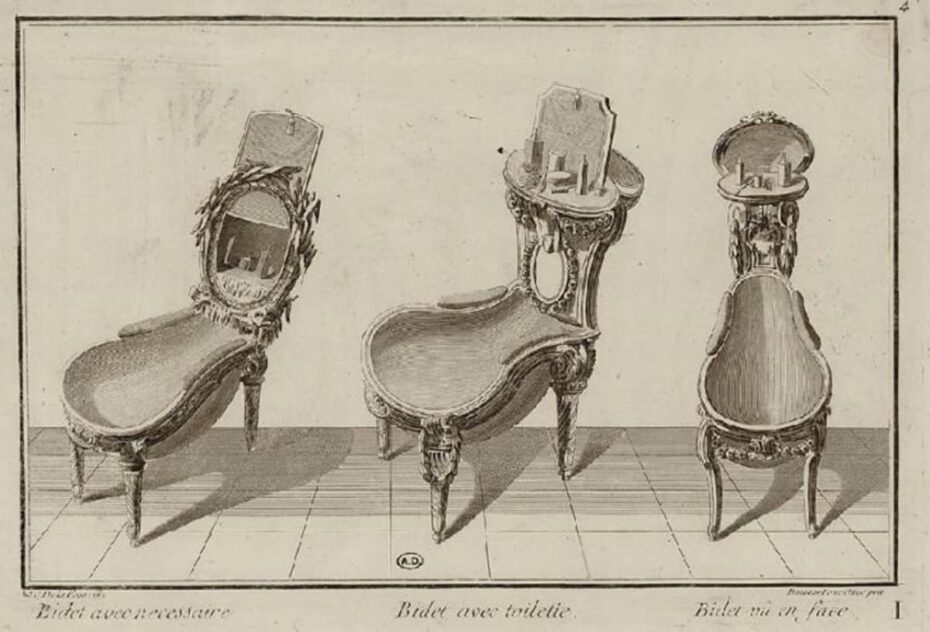
They were kind of a big deal – just think about what the options were before it (and certainly before toilet paper). The Ancient Greeks are thought to have used clay, the Romans attached a sponge to a stick and other options included leaves of course, animal fur and corn cobs.
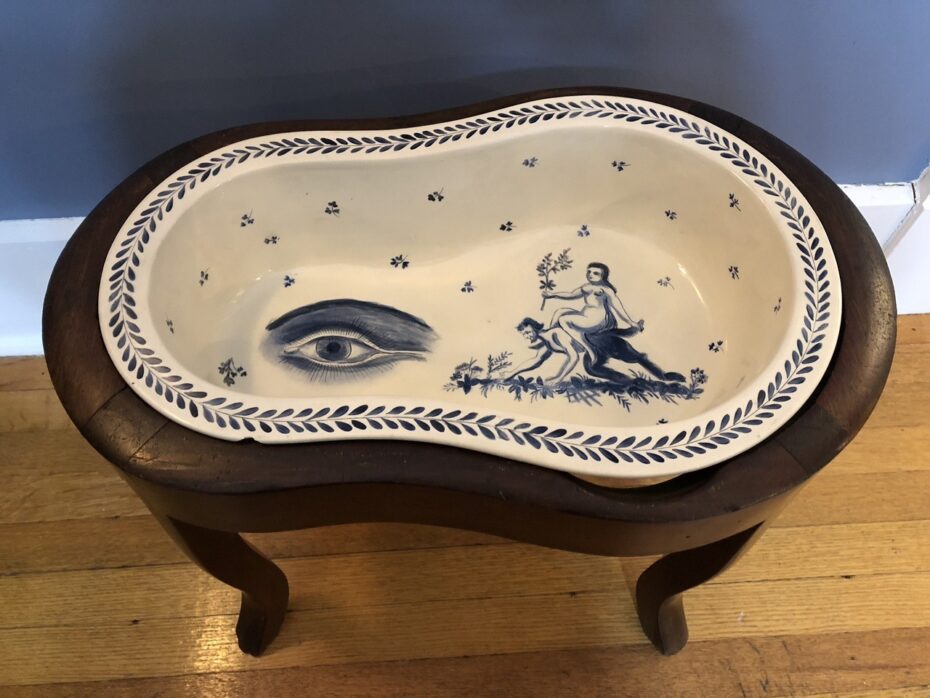
Bidets never quite caught on in the United States however. Part of the issue was cultural perception: early bidets were associated with French brothels, giving them a “naughty” reputation in Victorian-era Anglo countries. This association wasn’t entirely unwarranted—maintaining personal cleanliness was crucial in their line of work, particularly at a time when full-body baths were rare luxuries. For them, the bidet wasn’t just about hygiene; it was a professional necessity. Victorian attitudes toward anything remotely connected to sexuality or the human body didn’t help, and the bidet was written off as something scandalously French — a product of loose morals and unseemly behaviour. That puritanical blush stuck around long after the brothels were gone.
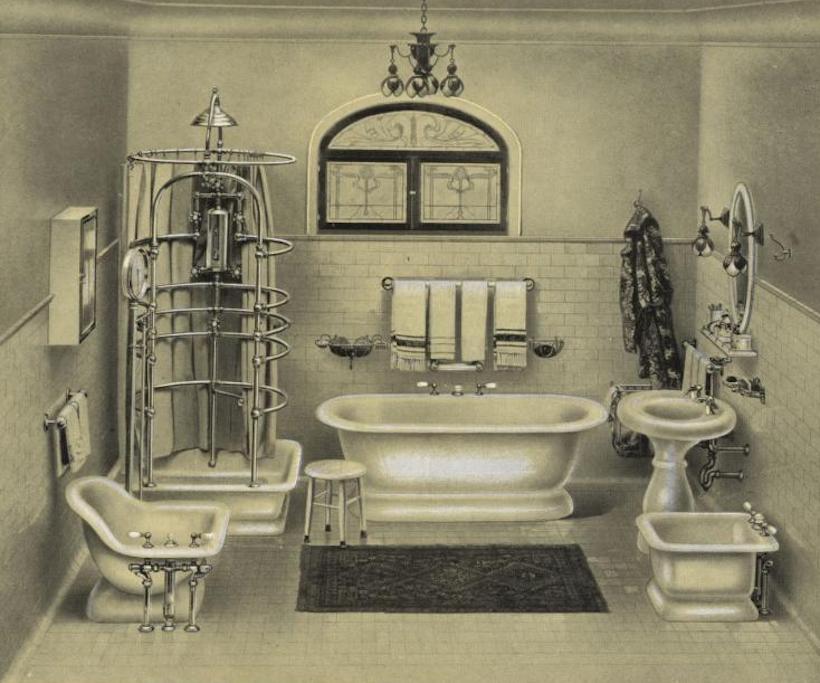
You’re more likely to encounter one in a hotel bathroom these days than in someone’s home. But how did they get their role as unofficial bidet ambassadors? Let’s face it: bidets carry a certain air of sophistication. Even though they’re practical, they’re also seen as a fancy amenity. Hotels often use bidets as a subtle way to signal “luxury,” especially in suites or high-end accommodations. In countries where bidets were more popular in the past (in Italy, it’s legally required to have a bidet in homes), older hotels were built with bidets as standard fixtures. When these hotels were renovated, the bidets often stayed, cementing their role in the hotel experience. Hotels also tend to have larger, more generously designed bathrooms than private homes. This extra space makes it feasible to install standalone bidets or modern bidet-toilet combos without cramping the layout.
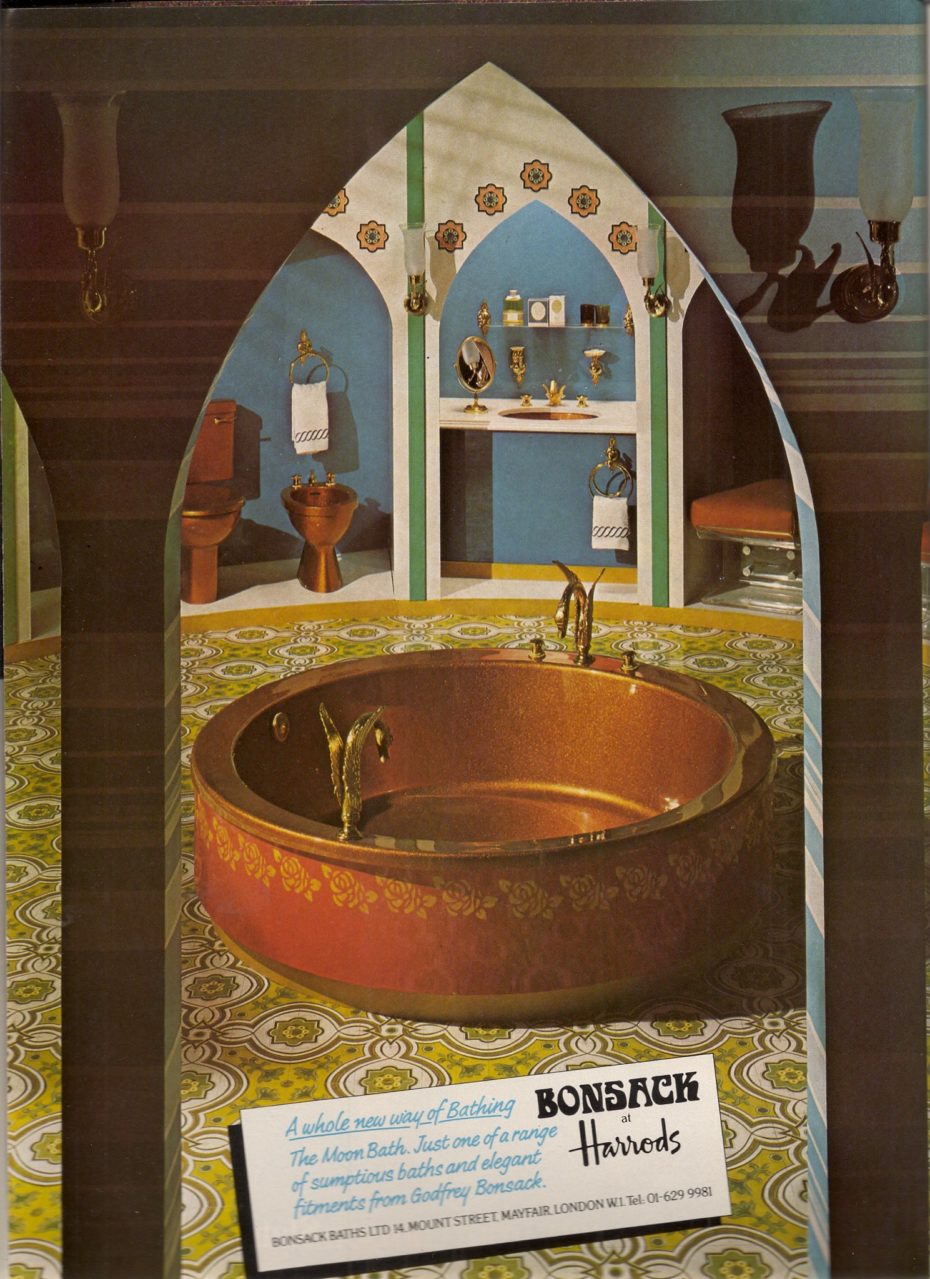
As plumbing systems advanced and hot water became more accessible, daily showers became the gold standard of hygiene, particularly in North America. With this shift, the bidet lost some of its perceived necessity. If you’re already showering daily (or even multiple times a day), a separate fixture for targeted cleaning might feel redundant. There was also the toilet paper takeover. The rise of mass-produced toilet paper in the late 19th and early 20th centuries was a game-changer. Marketing campaigns convinced people that paper was the pinnacle of cleanliness. Throw in the lobbying efforts of the ever-powerful TP industry, and bidets simply got flushed out of the conversation. After all, why invest in extra plumbing when you could sell more paper?
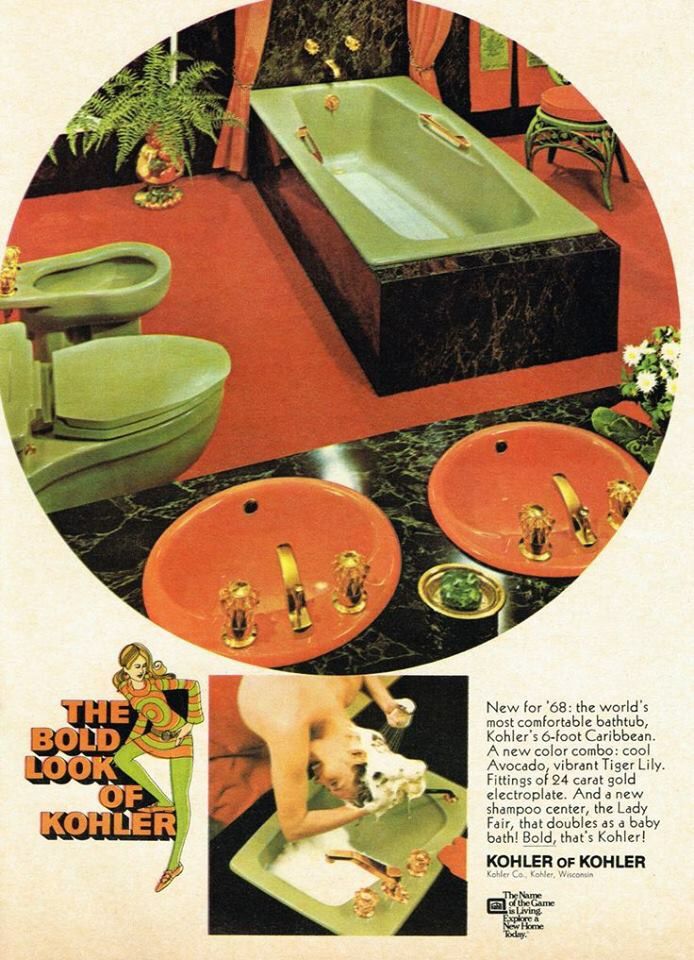
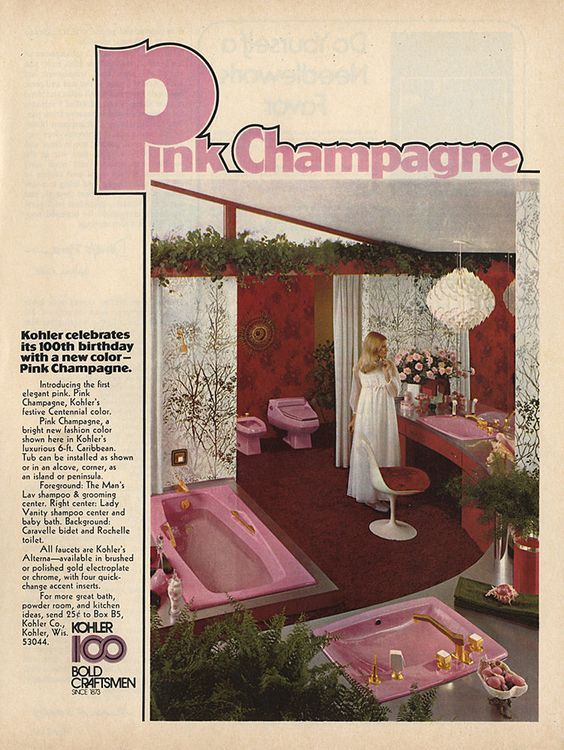
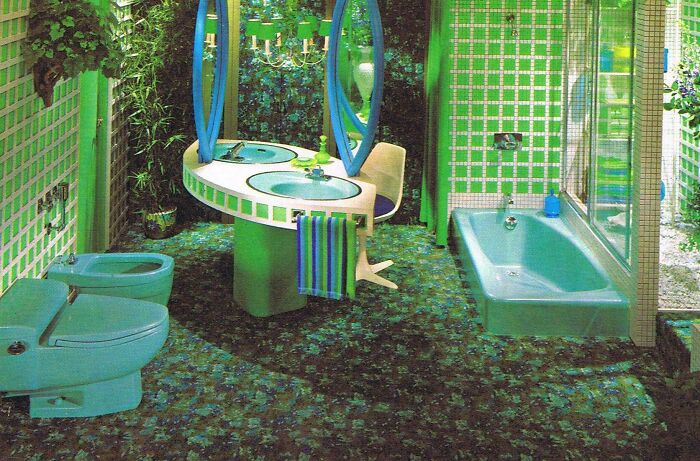
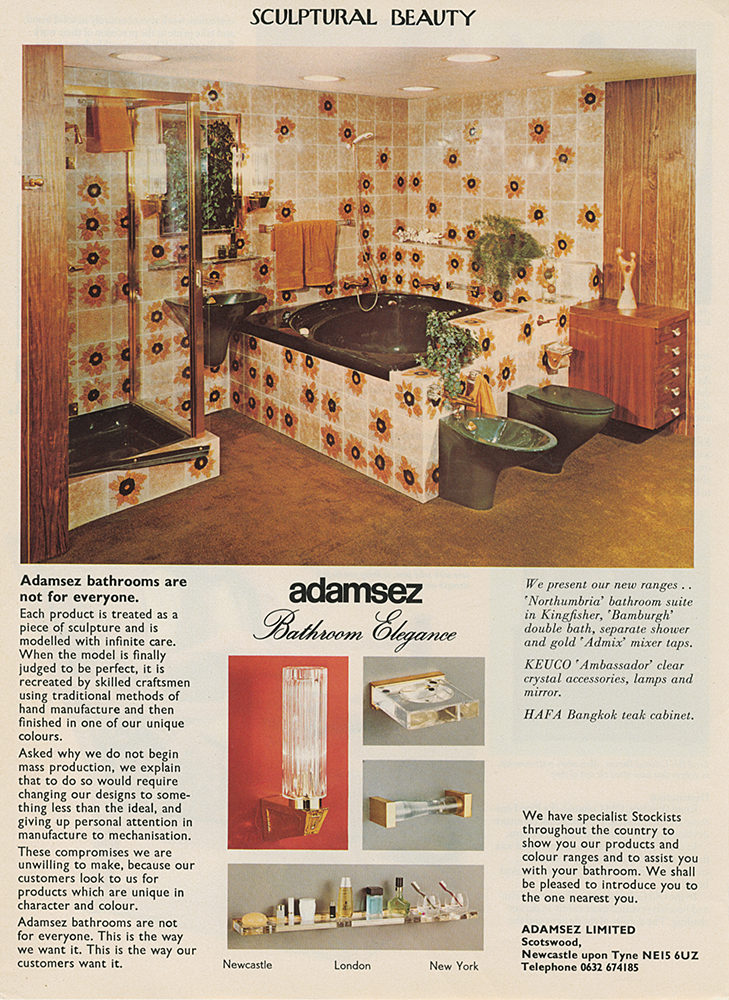
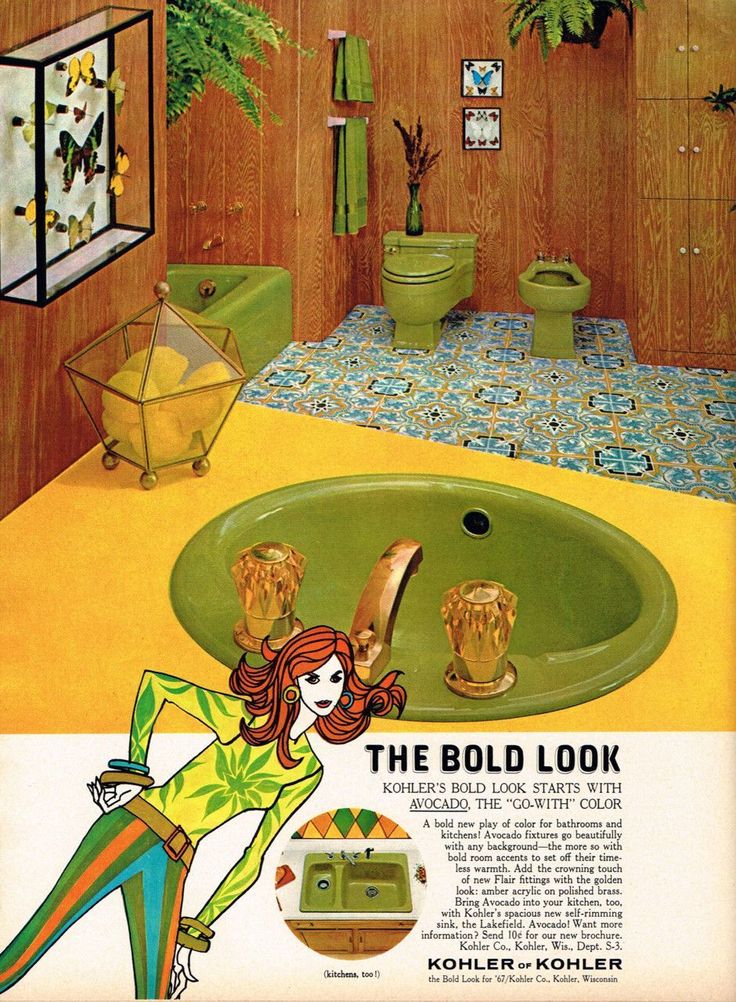
In recent years, bidets have experienced a mini-renaissance. As we become more conscious of our waste, it’s eco-friendly, but it’s also practical, and honestly, it’s just plain refreshing. It shoots a gentle stream of water to…well, let’s just say “refresh the parts toilet paper leaves behind.” They’re more hygienic, and let’s be real — they just feel nicer. So I hope this little foray into the misunderstood receptacle helps us all stop being a little shy about the bidet. You might just become the smug friend at parties extolling the virtues of water pressure and clean cheeks. Viva la bidet!


